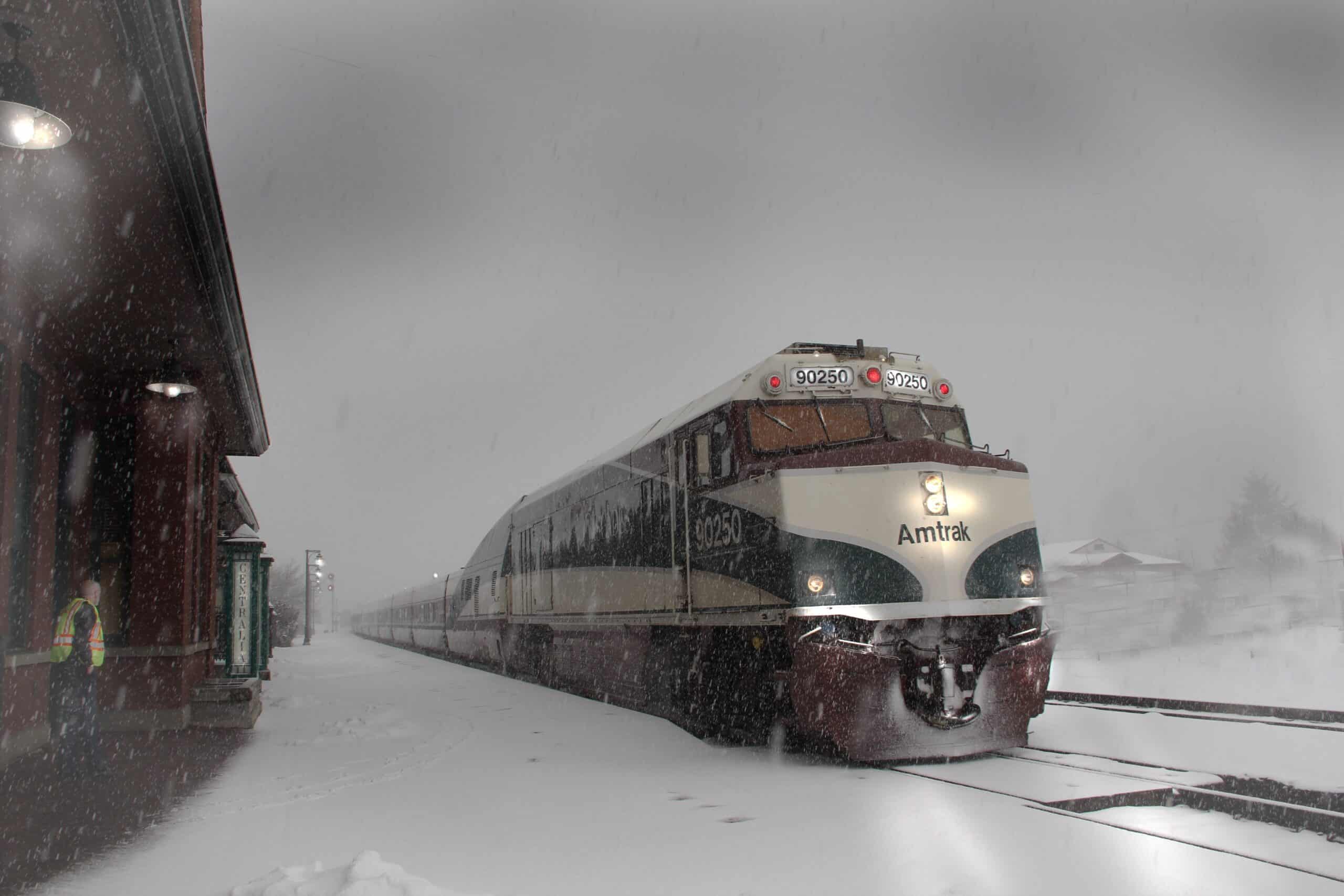The $2 trillion infrastructure plan President Biden introduced last week earmarks $80 billion to improve and expand the nation’s railways. The White House has said part of the money would “address Amtrak’s repair backlog; modernize the high traffic Northeast Corridor; improve existing corridors and connect new city pairs; and enhance grant and loan programs that support passenger and freight rail safety, efficiency, and electrification.” It looks like we’re going to try to rescue Amtrak—again.
A Bullet Riddled Zombie
In 2002 Amtrak was in trouble. It was losing $347.45 per passenger on its Sunset Limited train from Florida to California. This was in spite of the fact that it was already receiving state and federal subsidies. It required a last minute loan from the Department of Transportation to avert calamity. But that was only the beginning.
Amtrak lost $29.8 million in 2019, which they considered a victory, because the year before they had lost six times that much, $170.6 million. Then the pandemic hit. In March 2020 ridership plunged. By April Amtrak was asking for an additional $1 billion in emergency funding. It got it. Then five months later it went a-begging for another $1.475 billion.
This is not a well run company by any stretch of the imagination. If it was privately owned, it would have been out of business years ago. But like a bullet riddled zombie Amtrak keeps rising again to drag itself forward at taxpayers’ expense.
An Abysmal Record
At bottom, Amtrak fails to do the one thing required of any successful company. It does not provide a satisfactory customer experience at a competitive price. Amtrak competes with low cost airlines for the budget traveler’s dollar. A cursory check of prices reveals there is little or no price advantage to traveling by rail for most of the routes on which Amtrak competes. For example, a flight between Chicago and Los Angeles on Spirit Airlines cost $141. The same trip on Amtrak costs $146 and takes ten times longer.
What’s more, Amtrak trains are routinely late, and not just by a little. Nationwide almost a third of Amtrak’s trains arrived late in 2018. The average delay was forty-eight minutes, and one out of every five trains arrived more than two hours late. That’s an abysmal record. However, it’s not entirely Amtrak’s fault.
No Way to Run Anything
Unlike commuter railroads in other developed countries, Amtrak is forced to share tracks with freight railroads. In fact, Amtrak owns only 3% of the tracks it travels on. The rest are owned by freight railroads that defer to Amtrak as it suits them. Amtrak pays the freight railroads $32.8 million to buy their cooperation. Yet in many cases the freight railroads simply take the money and ignore Amtrak, doing whatever they like. The result is a glut of unanticipated delays that Amtrak is powerless to do anything about.
Like the United States Post Office, Amtrak is handicapped by being neither one thing or another. It’s supposed to be operated like a privately held industry, but it is so heavily regulated it can’t function efficiently, which doesn’t really matter since it can go right on ahead bleeding billions in losses and never have to answer for it. That’s no way to run a business, and it’s no way to run a public sector utility. It’s no way to run anything.
Is Amtrak Worth Saving?
President Biden had warm words for Amtrak on its fiftieth anniversary. On the eastern seaboard where Biden took the train to commute to Washington from his home in Delaware every day, the system actually functions pretty well. As a commuter railroad, Amtrak works, but as a nationwide passenger railroad it’s a disgrace.
If the government is serious about saving Amtrak, it should address its biggest deficiencies. Yet in touting its newest proposal, Biden’s plan makes no mention of adding track that Amtrak can own outright, nor does it address the abuses by freight lines that result in Amtrak’s poor on time performance. The closest the legislation comes is with vague talk of enhancing grant and loan programs that support passenger rail efficiency.
Europe’s successful passenger rail industry is based on state-owned trains running on state-owned tracks dedicated to passenger service. In the United States, by comparison, a private/public sector hybrid (Amtrak) runs on a rail network that is almost entirely privately owned. It’s a model that doesn’t work. If we didn’t know it before, we should know it now.
Yet Biden’s proposal doesn’t address this. Instead, it grants Amtrak $80 billion to “increase efficiencies”. I think we can predict what will happen next. Amtrak in its current incarnation is not worth saving. Giving it more money is just throwing good money after bad.
Sources
“Amtrak requests additional 1.475 billion funding.” Railway Technology, 27 May 2020. Website
Laso, Luz. “Amtrak’s Chronic Delays are Costing Millions of Dollars, Report Says.” The Washington Post, 18 October 2019. Website
Rapier, Graham. “The Rise and Fall of Amtrak, which has been Losing Money Since 1971.” Business Insider, 20 May 2019. Website
Wamsley, Laurel. “As Biden Pushes Major Rail Investments, Amtrak’s 2035 Map Has People Talking.” NPR, 6 April 2021. Website
Image credit
Photo by Jan Canty

